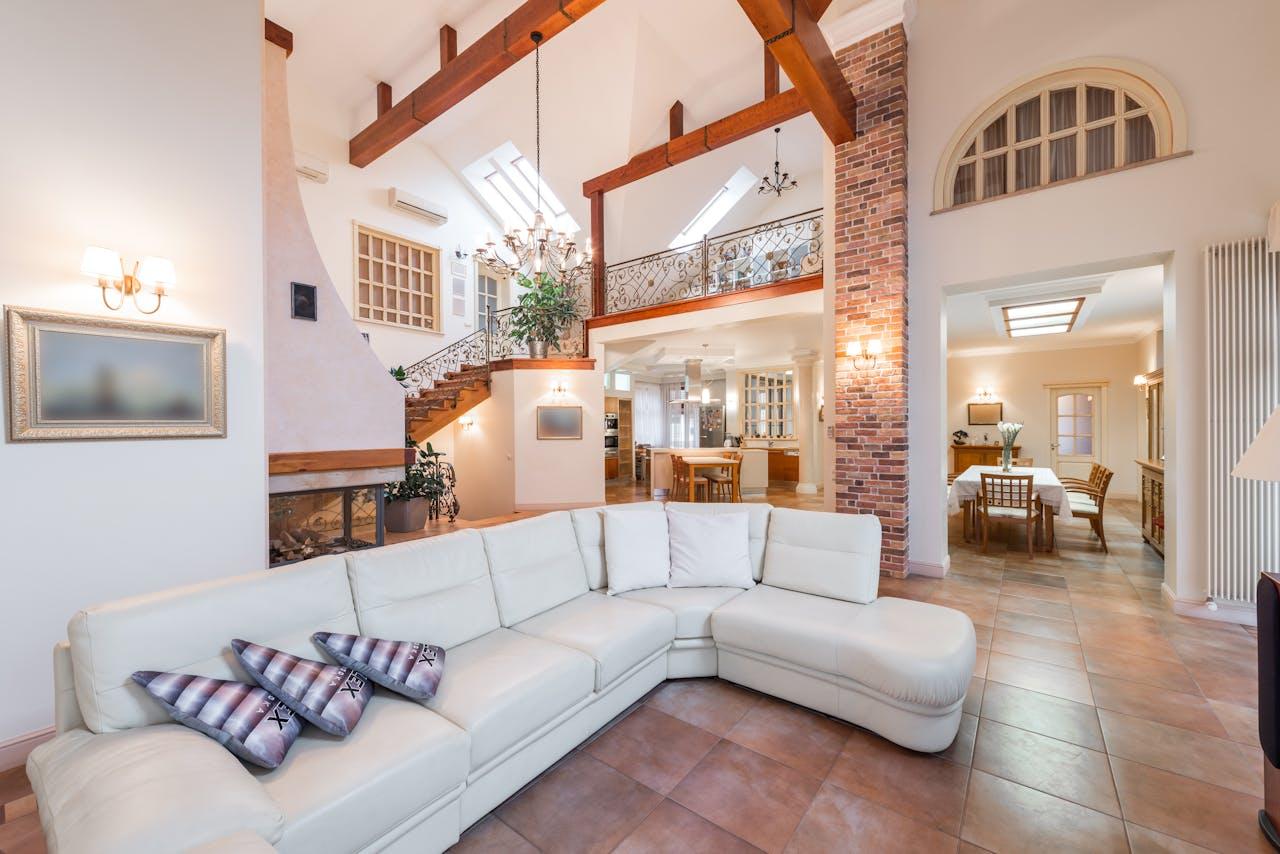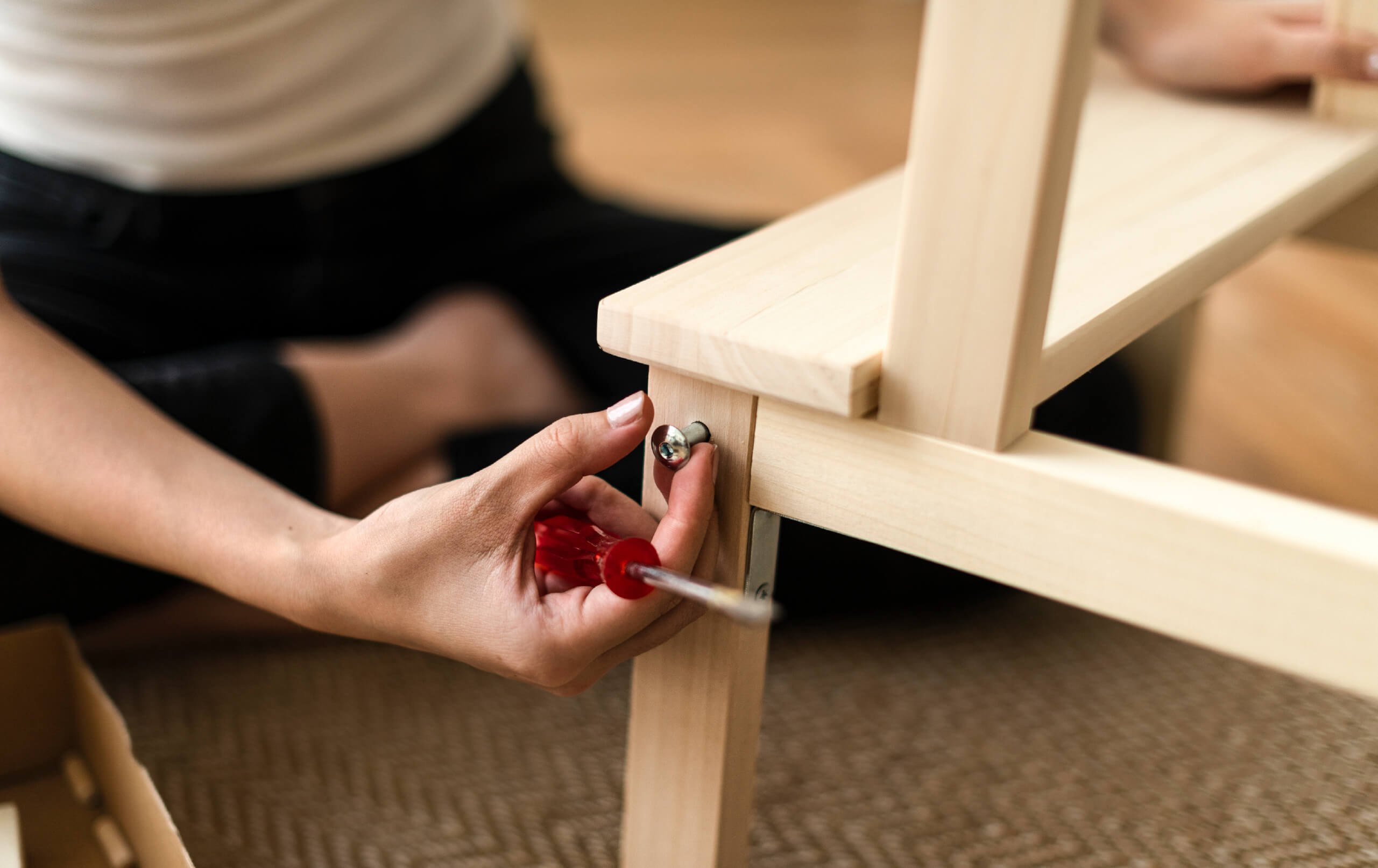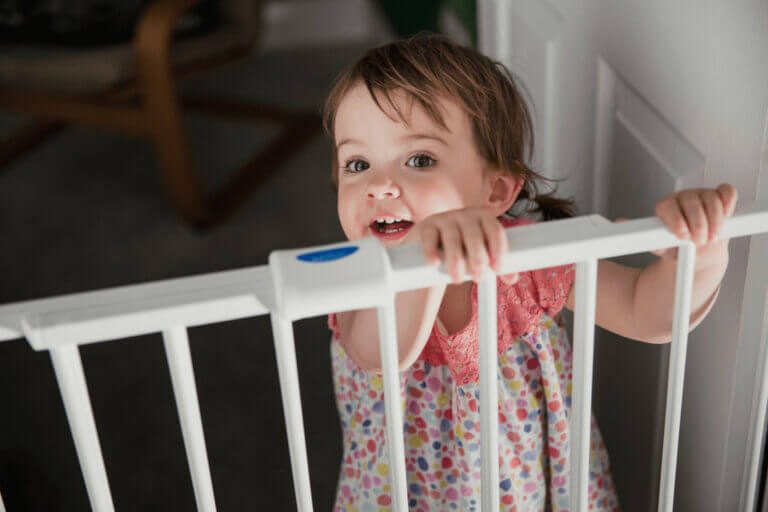


We begin a new chapter of our lives when we move into a new home. It’s where we settle in, create new memories- making our house into our home. Although this entire journey is exciting, it can surely feel overwhelming, too.
From paperwork to packing up and then unpacking at a new, unfamiliar place, there is plenty to tackle for homeowners. While a pre-closing home safety inspection would have revealed any potential hazards, a few hazards may have gotten unnoticed. So a thorough check of the home right after you move in, can ensure that your home is the safest for you and your fellow dwellers.
As a new homeowner, it could be challenging to keep track of all the possible dangers or hazards in a new property. We’ve created a comprehensive checklist of home safety measures that will help you track them and keep your household healthier and safer.
Home security is an obvious priority for new homeowners. Because you might be new to the area, a reliable security system will make you feel more secure and at peace. Here are some important tasks to enhance your new home’s security.
As a new homeowner, the first thing you would want to do is to replace the home locks with new ones. To enhance security further, you can install a smart door lock that gives you more information about movement and even comes with anti-pick mechanisms and auto alarms. Do a trial run with your family member so that everyone is adept at working the lock.
Along with door locks, it is also advisable to make sure that the windows are sturdy and lock properly; your driveway is well-lit; and any small entrances (pet doors, etc.) are secure.
A home security camera keeps an eye on the outdoor surrounding areas while you are away. Research and invest in the latest security system to rest assured of your family’s safety. Automated home security systems offer greater flexibility and surveillance options. Here is a comprehensive list of smart home technologies you can try.
Needless to say, electricity is one of the essential elements of every household. From powering up the Wi-Fi to keeping you warm, you will need an uninterrupted connection as soon as you move in.
Locate the circuit breakers and understand how to operate them in case of emergency. It is advisable to label them appropriately to avoid any confusion during a crisis.

In addition to these, here are some other home safety tips that are easy to miss during the move:
Often ignored, indoor air pollutants are responsible for respiratory problems and allergies. Maintaining good indoor air quality is therefore essential, especially if you have children or senior citizens at home. The best way to avoid this is to get your new home tested by a professional as they will identify and eliminate indoor air pollutants.
Additionally, ensure that you replace the air filters and clean the vents or ducts.
Before buying a new home, be sure to book a pest control inspection. A professional will check both the home interior and exterior for any potential damage caused by pests. Further, they might look for signs like wood-damaging pests (termites), moisture, and other pest activities and suggest treatments for them.
A safe home is a happy home. By following these few easy checklists, you can ensure that you are on top of every aspect of your home, and rest assured that it is the safest for your family.